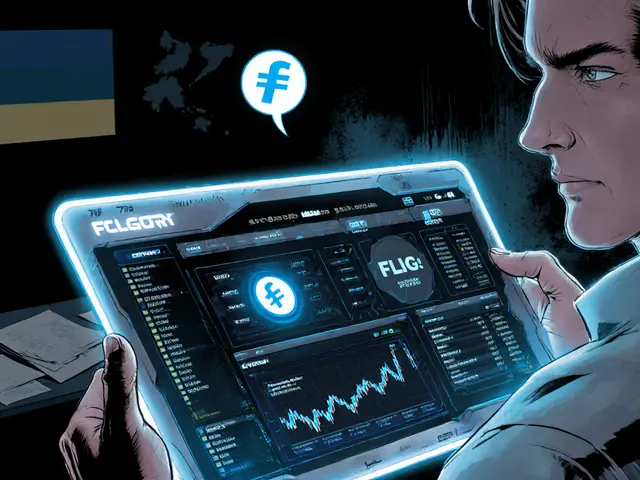CoinMarketCap Airdrop: Guides, Claims & Opportunities
When navigating CoinMarketCap airdrop, the practice of distributing free tokens through the CoinMarketCap platform, you’re stepping into a niche of crypto promotions that can boost token visibility and reward active users. An airdrop, a marketing event where a blockchain project sends tokens to qualifying wallets typically requires a few simple steps: meet eligibility, connect a supported wallet, and confirm the claim. CoinMarketCap, a leading market‑data aggregator that partners with projects for token giveaways acts as the bridge, verifying participants and broadcasting the distribution.
Understanding a CoinMarketCap airdrop means grasping three core attributes. First, the token eligibility criteria—often holding a certain amount of a partner coin or completing a social task. Second, the distribution mechanics—most drops use smart contracts on Binance Smart Chain or Ethereum, which automatically send tokens once the wallet is verified. Third, the post‑drop impact—research shows that a well‑executed airdrop can increase a token’s daily active users by 30% within a week. These attributes connect directly to related concepts like cryptocurrency airdrop, any free token distribution across the crypto ecosystem, which shares the same eligibility and distribution mechanics but isn’t tied to a specific data platform.
What You’ll Find in This Collection
Below you’ll discover a range of guides that unpack real‑world drops. The ONUS airdrop, a partnership between ONUS and CoinMarketCap that rewarded RICE Wallet holders is broken down step‑by‑step, from claim dates to the token’s long‑term outlook. The RUNE.GAME airdrop, a GameFi distribution that linked gameplay milestones to token rewards shows how gaming metrics translate into blockchain incentives. Meanwhile, the IMM airdrop, a 2025 token giveaway that required completing KYC on the IMM platform illustrates the growing role of compliance in free token campaigns. Each article explains eligibility, claim procedures, safety warnings, and what to expect after you receive the tokens.
These pieces also touch on common pitfalls. Scammers often copy the look of official CoinMarketCap claim pages, so we highlight verification signs—like matching URLs, official social accounts, and blockchain explorer links. We also discuss how to avoid “dusting attacks” that flood your wallet with tiny amounts to trace activity. By pairing practical steps with background on why airdrops matter for token adoption, the collection equips both newcomers and seasoned traders with the right mindset.
Beyond the specific drops, the guide set delves into broader topics: how airdrop tokenomics influence price volatility, the role of community engagement in determining eligibility, and the legal landscape shaping free token distributions in 2025. For anyone wondering whether an airdrop is worth the effort, we compare potential earnings against gas fees on different chains, offering simple calculators to estimate net gain. This helps you decide if chasing a CoinMarketCap airdrop fits your investment strategy.
All of this context prepares you for the posts that follow. Whether you’re hunting the next ONUS reward, scouting fresh GameFi opportunities, or simply wanting to understand the mechanics behind a CoinMarketCap airdrop, the upcoming articles give you actionable insights, real‑world examples, and safety checklists. Dive in to see how each drop works, what you need to claim, and how to make the most of the free tokens you earn.





